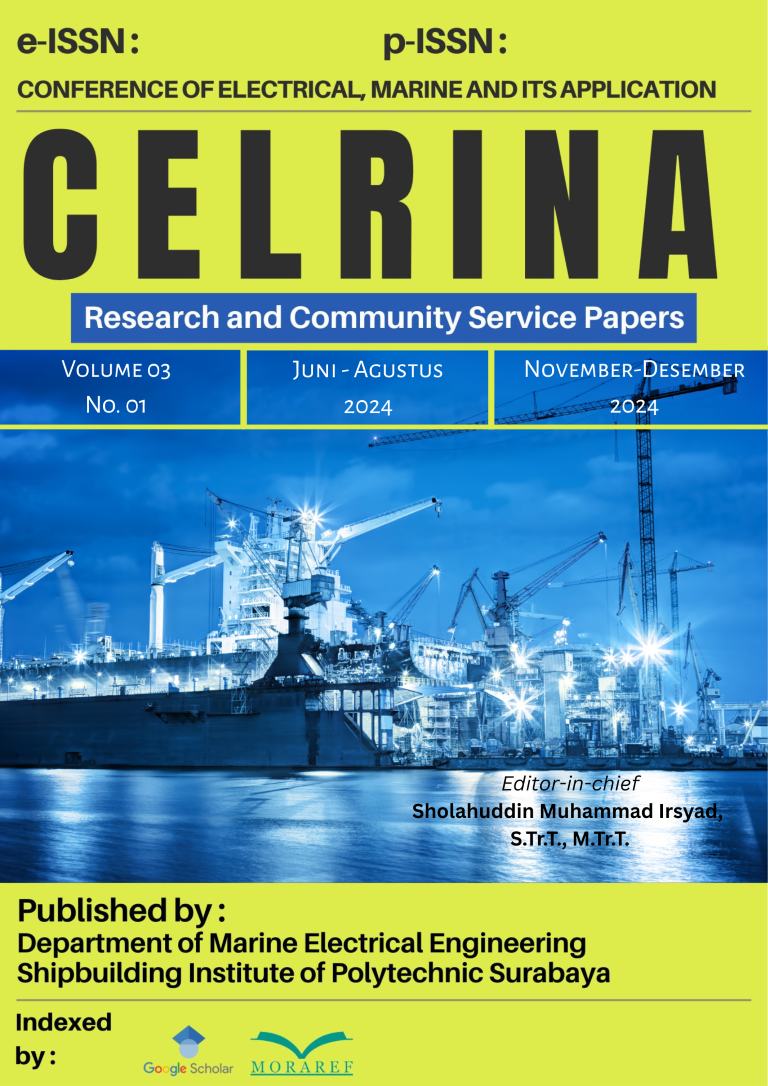Optimization of LQR and LQT Control System Performance on RS PRO 834-7641 DC Motor with and Without Disturbance
Keywords:
RS PRO 834-7641, LQR, Overshoot, Rise TimeAbstract
DC motors are the most commonly used type of motor compared to other electric motors. The advantages of this motor include simple, sturdy construction, relatively cheap price, and require uncomplicated maintenance. However, the main focus in this discussion is to keep the motor speed constant. When there is a change in the load on the DC motor with a certain value of the nominal load, its response can change even though the controller has been given. To overcome this problem, the optimal control techniques used are Linear Quadratic Regulator (LQR) and Linear Quadratic Tracking (LQT). In this study, the author uses a closed-loop control system to understand how the RS PRO 834-7641 type DC motor responds with mathematical modeling of order 1 and order 2 when integrated into a system. Furthermore, simulations are carried out using MATLAB Simulink software to analyze the risetime, overshoot, undershoot responses under normal conditions, and when there is noise in the system. This study requires a DC motor with a terminal inductance phase to phase and terminal resistance phase to phase values, which are used to create mathematical modeling of speed and current sensors as feedback functions in a system with dual outputs. The LQR controller has two parameters, namely the Q and R weight matrices, which must be determined to produce optimal control actions as expected. Examples of implementation of the LQR and LQT methods include speed control of induction motors, frequency control in generator power plants, to quadcopter drones. The combination of the LQR and LQT methods with the discipline of system optimization is very important to achieve optimal points and reduce errors in a device, so that device performance can be adjusted according to user wishes.




